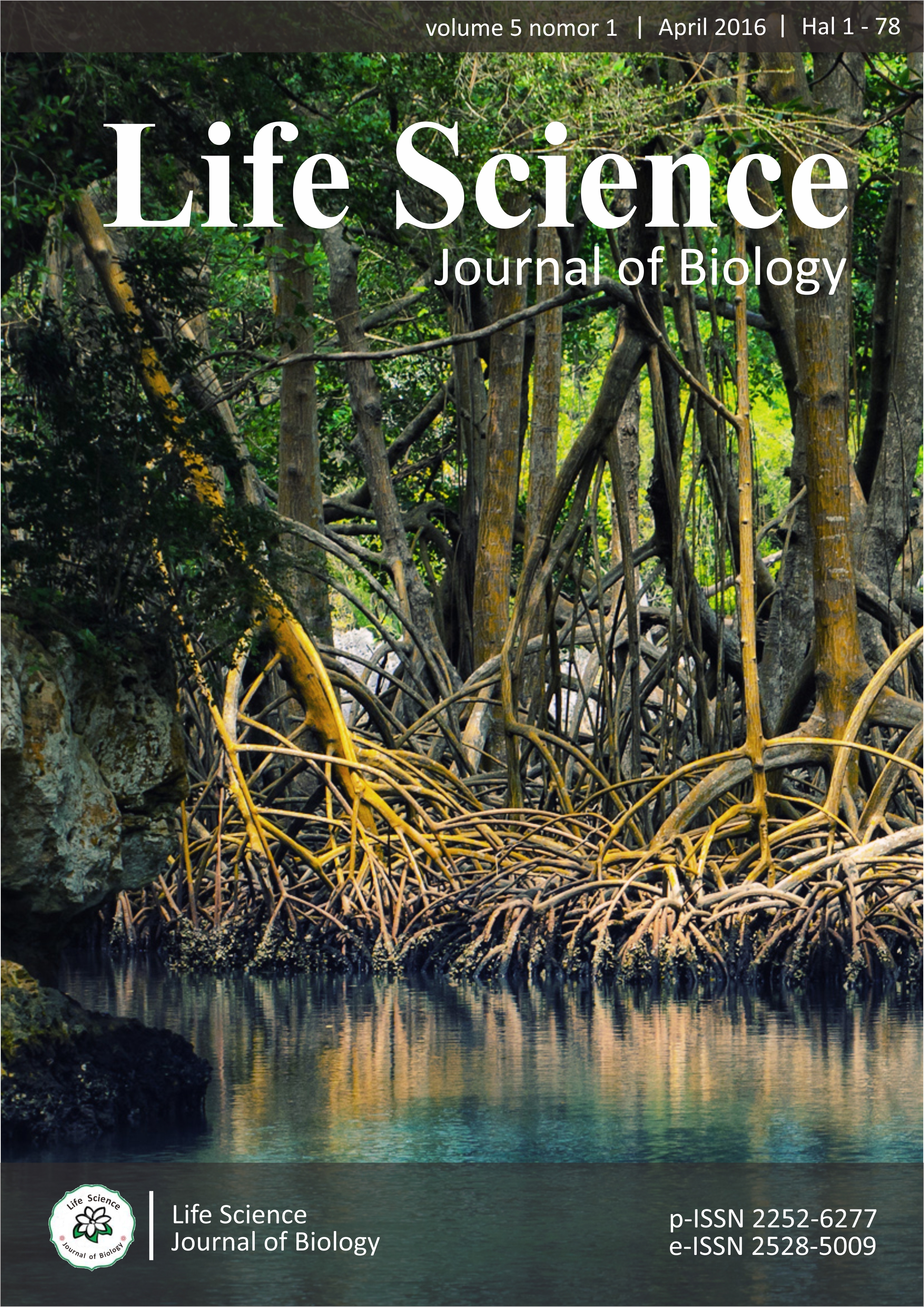STRATEGI PENGELOLAAN VEGETASI EKOSISTEM GUNUNG PASCA KEBAKARAN DI UNGARAN, INDONESIA
Main Article Content
Abstract
Kebakaran pada area vegetasi Gunung Ungaran pada Agustus 2015 dilaporkan sebagai kebakaran terbesar dari lima kali kebakaran yang terjadi 16 tahun terakhir. Kebakaran tersebut merusak sedikitnya 15 hektar kawasan vegetasi yang merupakan habitat berbagai satwa. Penelitian ini bertujuan untuk mengetahui tingkat keanekaragaman vegetasi pada suksesi vegetasi ekosistem Gunung Ungaran pasca kebakaran tersebut serta menganalisis strategi pengelolaan vegetasi Gunung Ungaran yang bisa dikembangkan di masa depan dengan mempertimbangkan tiga pilar pembangunan berkelanjutan, yaitu aspek lingkungan, ekonomi, dan sosial masyarakat sekitar. Penelitian ini menggunakan pendekatan campuran (kuantitiatif dan kualitatif) melalui analisis vegetasi, faktor lingkungan vegetasi, serta wawancara masyarakat. Karakter bioekologi pada lokasi terbakar yang menampilkan indeks keanekaragaman tumbuhan tingkat tinggi (Spermatophyta dan Pterydophyta) maupun tumbahan tingkat rendah (Bryophyta) yang sangat rendah (H’1=-1,162 dan H’2=-0,00021) membuktikan suksesi masih terus berlangsung. Secara lingkungan, berkurangnya debit air menjadi dampak berkurangnya vegetasi pasca kebakaran. Secara sosial, masyarakat terdekat dengan hutan yang terbakar tergolong masyarakat yang memiliki keterbatasan strata pendidikan namun masih menjunjung tinggi kearifan lokal. Secara ekonomi, masyarakat ini tergolong pada ekonomi lemah. Skenario strategi yang paling mungkin dikembangkan pada area kebakaran adalah percepatan pemulihan dampak pasca kebakaran melalui percepatan suksesi vegetasi. Percepatan suksesi dapat dilakukan dengan reboisasi dengan jenis-jenis tumbuhan kayu menahun yang mampu menyediakan cadangan air dalam jumlah tinggi serta reboisasi area batas hutan dengan pemukiman dengan jenis-jenis tumbuhan bernilai ekonomisekaligus mampu menghalau kehadiran hewan liar ke rumah penduduk.
Fire in the Mount of Ungaran vegetation area in August 2015 was reported as the biggest of five fires occurred in the last 16 years. The fire damaged at least 15 hectares of vegetation whereas habitat for various animals. This study aims to determine the level of vegetation diversity on vegetation succession in the Ungaran Mount ecosystems and analyze the post-fire vegetation management strategies which could be developed in the future. It compromise the three pillars of sustainable development, namely environmental, economic, and social community aspect. This study used a mixed-method approach (quantitative and qualitative) through the analysis of vegetation and its environmental factors, as well as community interviews. Bioecological character of the burned site displayed the very low level of diversity index of higher plants (Spermatophyta and Pterydophyta) and lower plants (Bryophyta) (H'1= -1.162 and H'2= -0.00021). It proved the initial stage of natural succession and the need of succession acceleration in this area. Environmental impacts of the fire was reduced water discharge and the lost of vegetation area which was animals habitat. Most local people who lived near the burned area had insufficient educational background and financial power. But, they still uphold local wisdom. The most desirable scenario strategy developed in the fire area is accelerating recovery after the impact of the fire through the acceleration of vegetation succession. Acceleration can be done with the reforestation using the species of chronic timber plants which capable to provide abundant amounts of water reserves. Reforestation also needed in the forest border area near the settlements using some types of economic valuable plants which also able to banish the wild animals.


